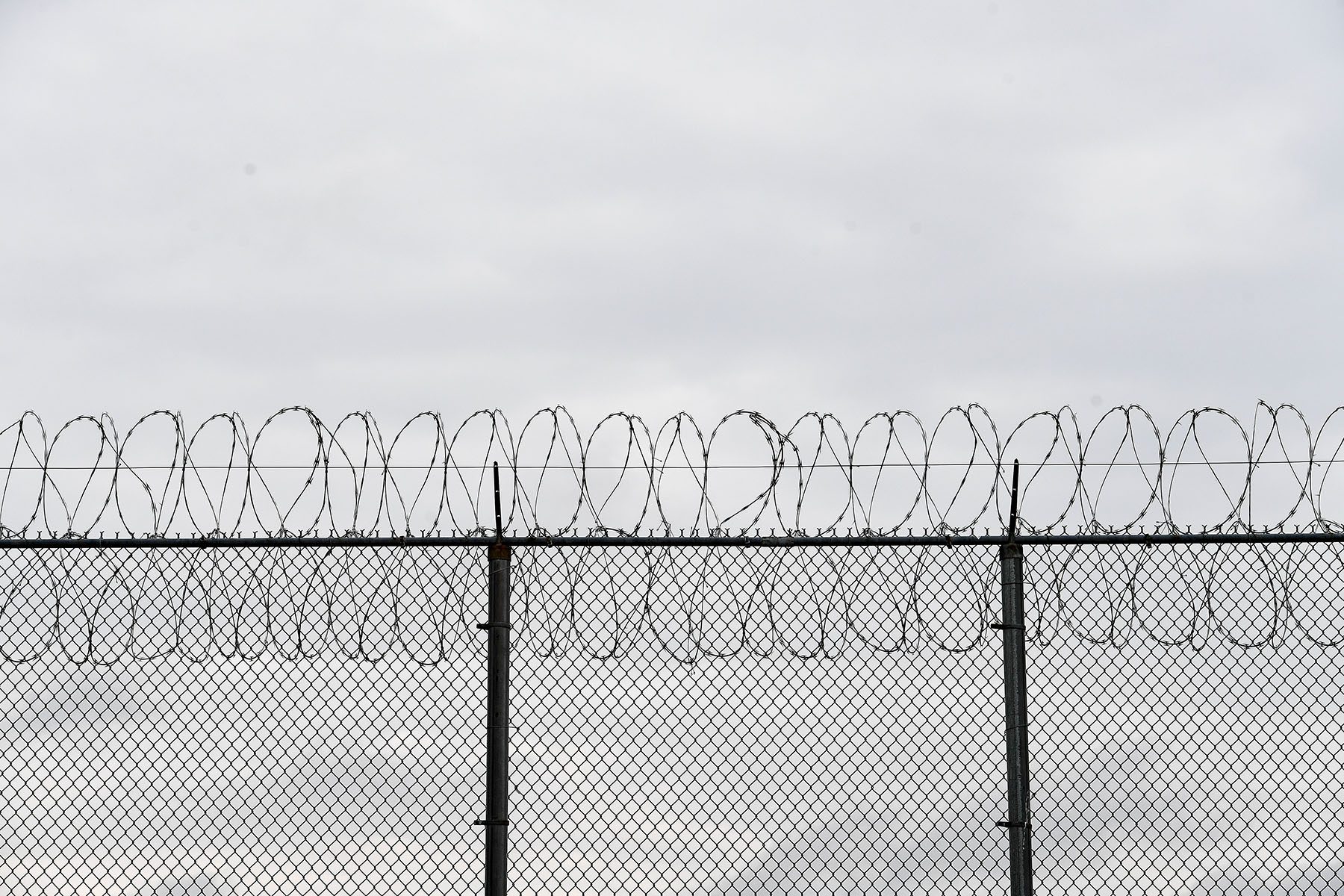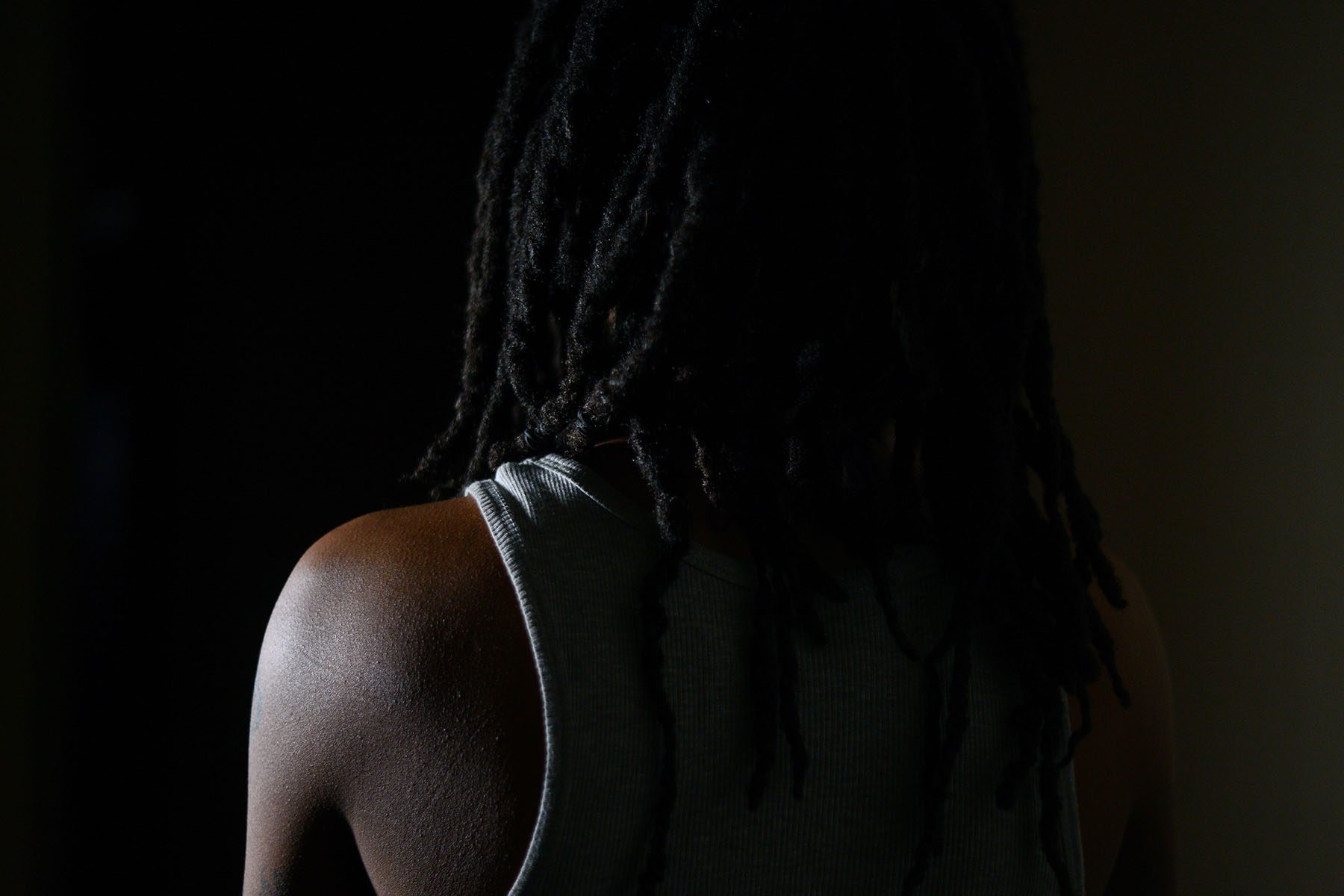During the midterm elections, five states — Alabama, Oregon, Vermont, Louisiana, and Tennessee — put to vote initiatives purported to prohibit the use of slavery and indentured servitude as a punishment for crime, an antiquated allowance given by the 13th Amendment 157 years ago this month that prisons across the country still use.
Four of the five voted to strike language from their constitutions that granted prison systems the right to force incarcerated people to perform labor with little to no pay in harsh and unregulated conditions. Louisiana, which maintains the country’s highest incarceration rates per capita, voted to keep its current language after the amendment’s original author, Democratic state Rep. Edmond Jordan, warned of “unclear language” that strayed dangerously far from the original intent.
The success of the reforms in the four states has the power to help one particularly vulnerable population: incarcerated pregnant people of color.
Ahead of the midterms, Candace Bond-Theriault, director of racial justice policy and strategy at Columbia Law School’s Center for Gender & Sexuality Law, authored a policy brief examining the impact of compulsory prison labor on incarcerated pregnant and postpartum people of color.
“I’m looking at compulsory prison labor from a color-centric pregnancy and postpartum lens,” Bond-Theriault told The 19th. “It’s going to also include White women. It’ll also include all people who are being forced to perform labor regardless of gender. But, I started with a really narrow focus after recognizing that if you really focus on it, women of color and Black women in particular, it really is a way to include everyone within the analysis.”
Throughout her own pregnancy and after returning to work, thoughts of birthing outcomes for her and other Black women were constantly on her mind, she told The 19th.
“What does it mean to work immediately after giving birth or while you’re even in your third trimester of pregnancy, and how difficult is it to really work in that third trimester?” Bond-Theriault said. “I started thinking about all of the incarcerated women who are being forced to perform mandatory labor. In prisons as just a part of their daily routine and daily part of being incarcerated and how they’re performing it.”
Her policy brief notes three important findings:
- While the ballot measures purported to eliminate the 13th Amendment’s compulsory labor exception, only two — Alabama and Vermont — actually did.
- The brief’s initial goal to determine how these reforms would impact incarcerated pregnant and postpartum women of color faced significant challenges due to the lack of data, publicly available and otherwise, kept by or required of state’s prison systems.
- Analyzing compulsory labor through a gendered lens revealed that incarcerated women, while pregnant or immediately postpartum, are required to perform labor without reasonable accommodations for such a medically vulnerable period.
In the last 40 years, the incarceration rates of women and girls have increased by over 400 percent. Women are the fastest-growing population in state prisons, which hold over 50 percent of the country’s incarcerated people, according to the Prison Policy Initiative. In 2019, there were more than 231,000 women and girls in prisons and jails across the country, with the majority of them being held in state prisons and jails.
According to a report from the Sentencing Project, women of color are overrepresented among incarcerated women because they are more likely to be arrested, convicted, and incarcerated than their White counterparts.
Race also impacts what work details women are given. According to the American Civil Liberties Union, incarcerated women of color are more likely to be given involuntary field and manual labor assignments — such as picking cotton or corn — compared with incarcerated White women, who are more likely to be given desk jobs.
Rising incarceration rates for women and potential birth givers mean more people are likely to give birth while in custody. There are an estimated 58,000 admissions of pregnant women into jails and prisons every year, and thousands give birth or have other outcomes while still incarcerated, according to the groundbreaking “Pregnancy in Prison Statistics” (PIPS) study.
The PIPS study, led by Dr. Carolyn Sufrin, found higher rates of miscarriage, premature birth, and cesarean sections in some state prison systems than the national average. Sufrin, an associate professor at the Johns Hopkins School of Medicine and head of the Advocacy and Research on Reproductive Wellness of Incarcerated People initiative, focuses on the care and state of pregnancy for incarcerated people. She notes the challenges brought by the data available from state prisons and jails.
Only two of the states, Alabama and Louisiana, have race data for their women inmates available. Oregon, Tennessee, and Vermont separate their data by race or gender, but not both. None of the states have readily accessible data for the number of people who are pregnant or postpartum while incarcerated.
Although the lack of tangible data presents a challenge for policymakers and experts alike, lived experiences like that of Who Speaks for Me? founder Taylar Nuevelle highlights the reality for those navigating the intersection of carceral systems and motherhood.
In the brief, Bond-Theriault uses Nuevelle’s story during her incarceration in the federal prison system to illuminate what the advocate says is an all too common experience of pregnant and postpartum people who are incarcerated across the board.
Nuevelle says the pregnant women who served time with her still had to work with no “reasonable accommodations” and were medically cleared and required to return to work in as little as 36 hours post-birth. Nuevelle witnessed a woman bleed for 30 days after giving birth, and after a request for medical attention was sent to the wrong doctor, suffer postpartum complications that could’ve been avoided with the proper care. Nuevelle knew a 17-year-old whose parents denied her request for an abortion, forcing her to give birth. Once she turned 18, she was sentenced to 10 years in prison. After being separated from her newborn, Neuvelle says the girl “couldn’t get out of bed to work. She was punished for not working and sent to a county jail that was even further away from her child.”

In the brief, Bond-Theriault makes note of “Captive Labor” report co-author and human rights activist Jennifer Turner’s research that investigated cases of incarcerated people who were forced to work while experiencing severe medical issues.
“Incarcerated individuals who refuse to work frequently experience retaliation and are often placed into solitary confinement as punishment,” Bond-Theriault said in the brief.
While advocates see the recent ballot measures as a step in the right direction, they note that they don’t force states to make immediate changes to their prison policies. The main impact is to open the door to legal challenges over coerced labor.
Alabama and Vermont were the only two states that would completely eliminate the compulsory labor exemption. Although Vermont considers itself to be the first state to outlaw slavery, this was the first time the anti-slavery measure was put before Vermont voters. The measures in Oregon and Tennessee could remove the loophole allowing forced labor, but it would still be left up to interpretation.
While it didn’t pass in Louisiana, many noted that not only was the measure’s language intentionally unclear, but also dangerous as it actually expanded the reach of the exemption.
“This proposed language could potentially expand the compulsory labor exemption by, for example, allowing the state to force people who are arrested and charged with a crime but not yet convicted of a crime, to perform involuntary labor. This is especially troubling for a state that incarcerates more people before trial than any other state on record,” Bond-Theriault wrote in the policy brief.
Prior to the midterms, 20 state constitutions still had language allowing for coerced labor for incarcerated people. A growing number have removed the language, but advocates note that no substantive voluntary changes have been made.
Still, they say lawsuits and legal challenges might be the guiding light for change.
A class action lawsuit against the Colorado Department of Corrections alleges that the state has violated its slavery and indentured servitude ban by forcing prisoners to work and disregarding health concerns. The case, if won, could set precedent for legal challenges against the compulsory labor policies across the country, including those regarding compensation. The plaintiff in the case is seeking an order that would require inmates to be paid minimum wage.
The success of reforms in Alabama, Oregon, Vermont, and Tennessee adds to the growing list of states moving to completely detach from the use of slavery in any form and for any reason.
“To me, slavery is always on the ballot. If you look deep enough, if you think about it in a nuanced way, I think the case can be made that slavery is on the ballot,” Bond-Theriault said. “We’re still living with the vestiges of slavery today in so many ways … in employment and voting rights, in the criminal legal system — there’s vestiges of slavery in all of the issues that we are concerned with right now.”







